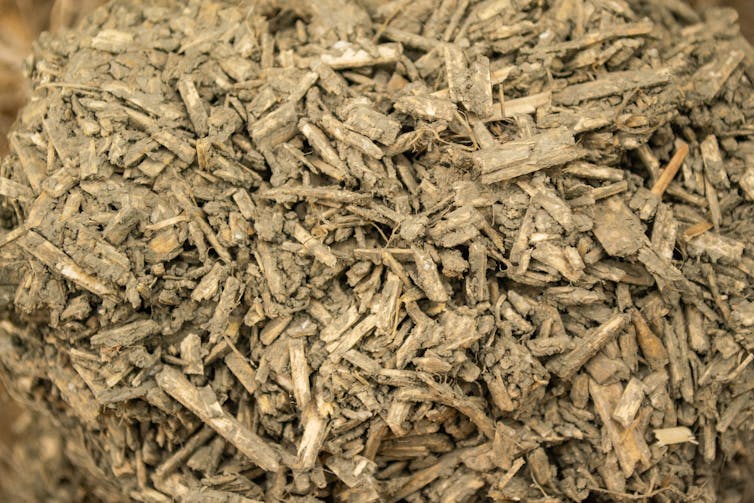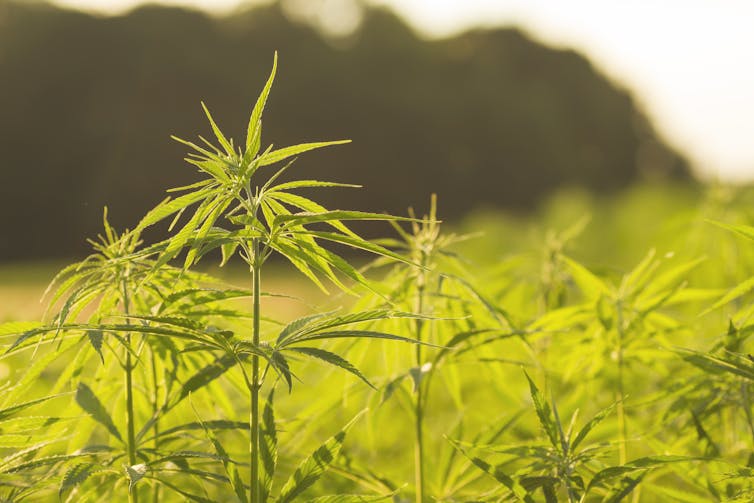Hemp United: A Global Movement for a Sustainable Future
The hemp industry is experiencing a global resurgence, fueled by a growing appreciation for its versatility and its potential to revolutionize numerous sectors. However, as this industry blossoms, new hemp businesses face a complex regulatory landscape and a market still evolving. This is where the power of collective action comes into play.
Strength in Numbers: The Need for Lobbying
While the potential of hemp is undeniable, navigating the current regulatory environment can be a challenge. Here’s why a united hemp industry front, through a strong lobby group, is crucial:
- Advocacy for Fair Regulations: Hemp regulations often remain unclear or outdated, hindering industry growth. A strong lobby can advocate for fair and science-based regulations that promote responsible hemp cultivation, processing, and product development.
- Research Funding and Education: Further research into the environmental and economic benefits of hemp is crucial. A lobby group can advocate for increased research funding and promote educational initiatives that inform policymakers and consumers about the potential of hemp.
- Standing Up For Fair Competition: The hemp industry faces competition from established industries with significant lobbying power. A strong hemp lobby group ensures a level playing field and promotes fair trade practices.
Beyond Advocacy: The Power of Cooperation
The rise of cooperative groups within the hemp industry represents another key aspect of this global mobilization:
- Knowledge Sharing and Collaboration: Cooperative structures foster knowledge exchange and collaboration between different actors in the hemp ecosystem. This allows for faster innovation, improved resource utilization, and the development of more sustainable practices.
- Market Access and Distribution: Cooperative groups offer small-scale farmers and businesses greater bargaining power when it comes to accessing markets and distribution channels.
- Community Development and Social Impact: Cooperative structures prioritize social responsibility and fair labor practices, contributing to the economic development and well-being of local communities.
A Global Movement for Change
The worldwide mobilization of hemp cooperatives is not just about economic success. It’s about building a more sustainable future:
- Environmental Stewardship: Cooperative groups often prioritize environmentally responsible cultivation practices, soil health, and biodiversity.
- Resource Efficiency: Cooperative structures encourage resource sharing, waste reduction, and the development of circular economies within the hemp industry.
- Empowering Local Communities: By promoting local production and processing, cooperatives empower rural communities and contribute to a more decentralized and resilient economic model.
Conclusion:
The rise of a globally united hemp industry represents a powerful force for a sustainable future. Through strong lobbying efforts, knowledge sharing within cooperatives, and a focus on environmental stewardship, the hemp industry is not just changing the way we produce materials and products; it’s paving the way for a more balanced and resilient world. As the global hemp movement gathers momentum, we can expect to see continued innovation, positive environmental impact, and empowered communities working together for a better tomorrow.
Dive deep into the world of hemp with PORTAL HEMP by THE HEMP NATION GROUP. Explore curated news feeds on new developments and local news, alongside international hemp headlines. Stay informed and engaged on the latest advancements and issues within the sustainable hemp industry.


